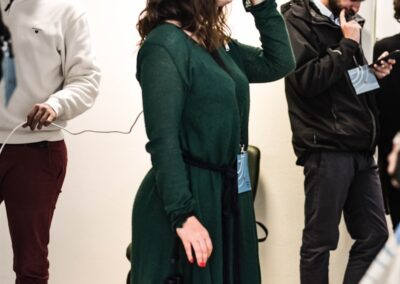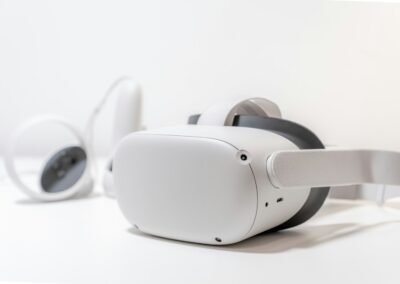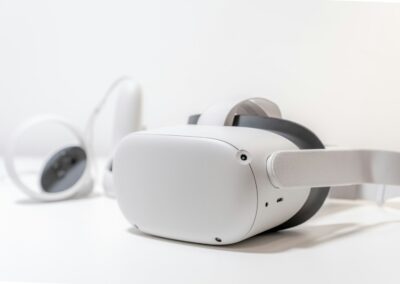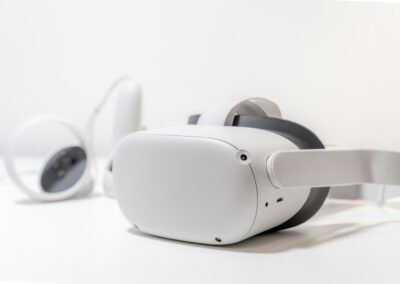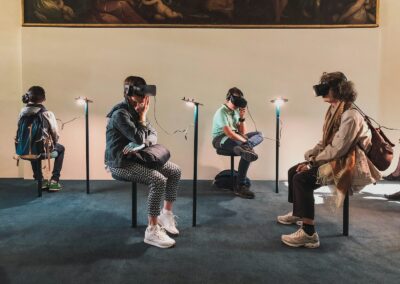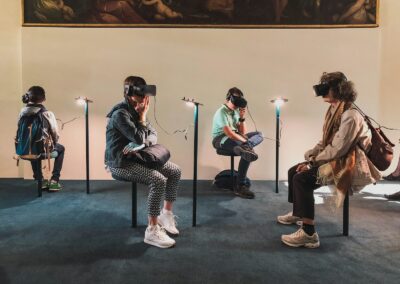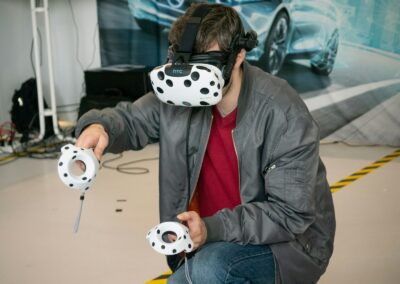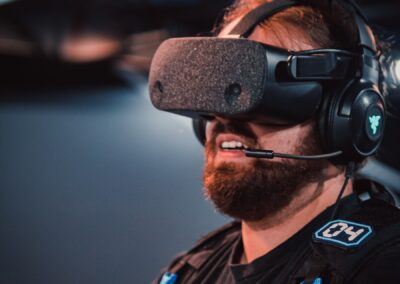Learning from the Best: Design Principles of Successful VR Experiences
Understanding the Impact of Successful VR Experiences
Successful VR experiences and their design lessons offer valuable insights into creating immersive and engaging virtual reality environments. Virtual reality (VR) has evolved significantly, providing users with highly interactive and realistic experiences that go beyond traditional digital interactions. From entertainment to education, VR has proven its potential to transform various industries by offering unique and compelling experiences.
One notable example of a successful VR experience is the “Beat Saber” game. This rhythm-based game has captivated millions with its intuitive gameplay and engaging visual design. Players use virtual lightsabers to slice through blocks in sync with the music, creating an immersive and physically engaging experience. The success of “Beat Saber” lies in its seamless integration of VR technology with addictive gameplay mechanics, demonstrating the importance of combining technological innovation with user-centered design.
Another example is “The VOID,” a VR experience that combines physical environments with digital overlays to create a fully immersive adventure. Visitors to “The VOID” can walk through elaborate sets while interacting with virtual elements, making the experience feel both real and fantastical. This approach highlights the effectiveness of blending physical and digital elements to enhance immersion and engagement, offering valuable lessons for designing impactful VR experiences in various contexts.
Key Design Principles for Engaging VR Experiences
Designing successful VR experiences involves understanding and applying key principles that enhance user engagement and immersion. One critical aspect is the creation of intuitive and user-friendly interfaces. In VR, users should be able to interact with the virtual environment seamlessly without encountering barriers or confusion. This requires careful consideration of how users will navigate and interact within the VR space, ensuring that controls and interactions are natural and intuitive.
Another important principle is to prioritize user comfort and minimize motion sickness. VR experiences that involve rapid movements or complex visual effects can sometimes cause discomfort for users. To address this, designers should focus on creating smooth and gradual movements, maintaining a stable frame rate, and avoiding overly complex visuals that may overwhelm the user. Ensuring that users feel comfortable and at ease within the VR environment is essential for creating a positive and memorable experience.
Additionally, incorporating elements of storytelling and narrative can greatly enhance the appeal of VR experiences. Engaging VR experiences often include compelling stories or narratives that draw users into the virtual world and create emotional connections. By weaving together interactive elements with a well-crafted narrative, designers can create immersive experiences that captivate users and encourage them to explore and engage with the VR environment.
Lessons from Successful VR Implementations
Successful VR implementations offer valuable lessons that can be applied to various projects and industries. One key lesson is the importance of thorough testing and iteration. Before launching a VR experience, it is crucial to test it extensively to identify and address any issues or areas for improvement. This iterative process ensures that the final product delivers a high-quality and engaging experience for users.
Another lesson is the need for collaboration and cross-disciplinary expertise. Creating successful VR experiences often requires input from various professionals, including designers, developers, storytellers, and technology experts. By fostering collaboration and bringing together diverse perspectives, teams can leverage their collective knowledge and skills to create more innovative and impactful VR solutions.
Lastly, successful VR experiences highlight the significance of aligning design with user needs and preferences. Understanding the target audience and tailoring the VR experience to their interests and expectations can greatly enhance its effectiveness. By conducting research and gathering feedback from users, designers can ensure that the VR experience resonates with its intended audience and delivers a meaningful and enjoyable experience.
Conclusion
Examining successful VR experiences and their design lessons reveals valuable insights into creating engaging and immersive virtual reality environments. By understanding the principles of intuitive design, user comfort, and compelling storytelling, designers can create VR experiences that captivate and delight users. Additionally, learning from successful implementations underscores the importance of thorough testing, collaboration, and alignment with user needs.
As VR technology continues to evolve, the lessons learned from these successful experiences will remain relevant for designing future VR projects. By applying these insights and embracing innovative approaches, designers can create VR experiences that push the boundaries of what is possible and offer users truly transformative and memorable interactions.
#SuccessfulVRExperiencesAndTheirDesignLessons #VirtualReality #VRDesign #EngagingVRExperiences #VRImplementation #SaudiArabia #UAE #Riyadh #Dubai #ModernTechnology #GenerativeAI #BusinessSuccess #LeadershipSkills #ProjectManagement


